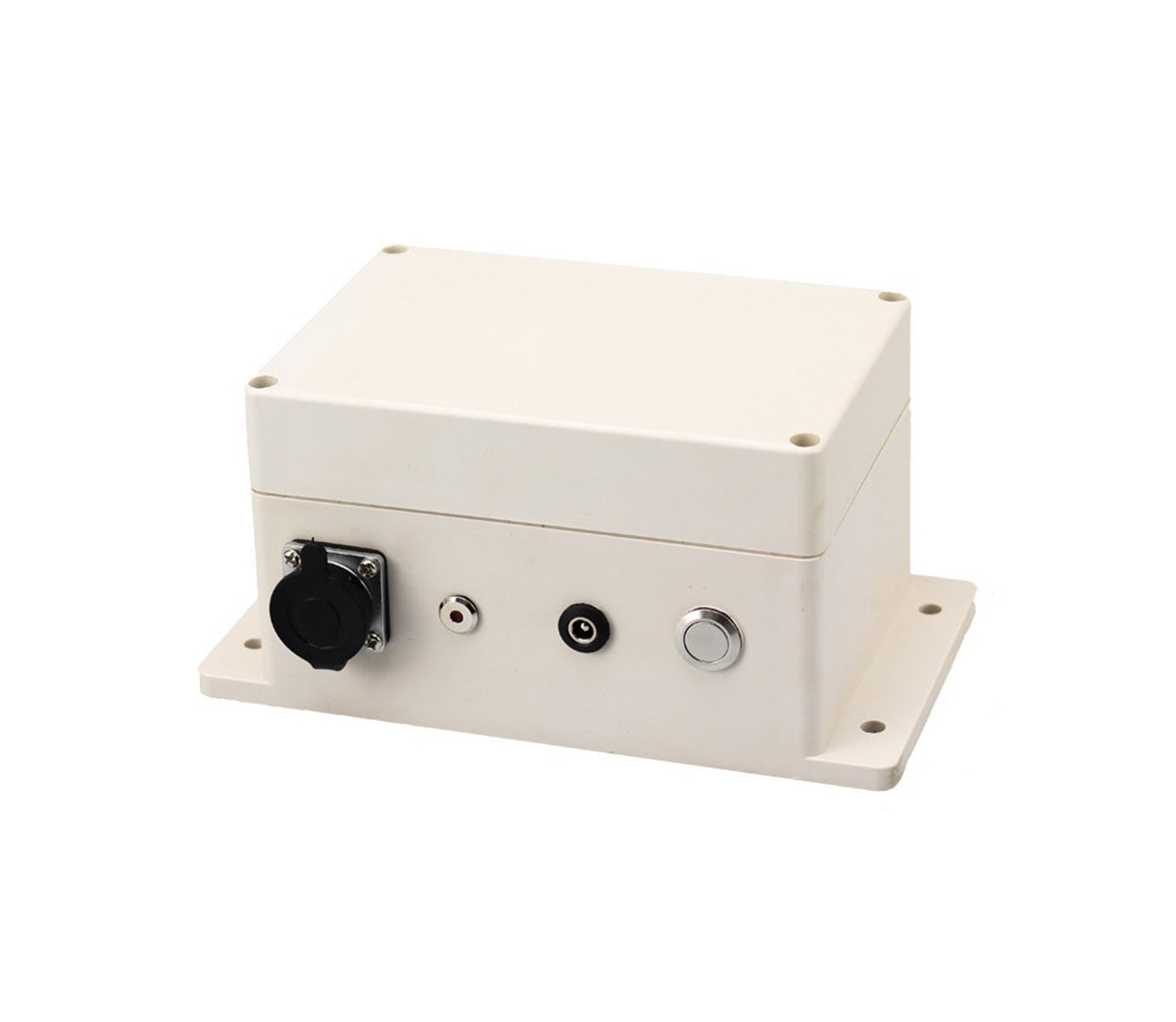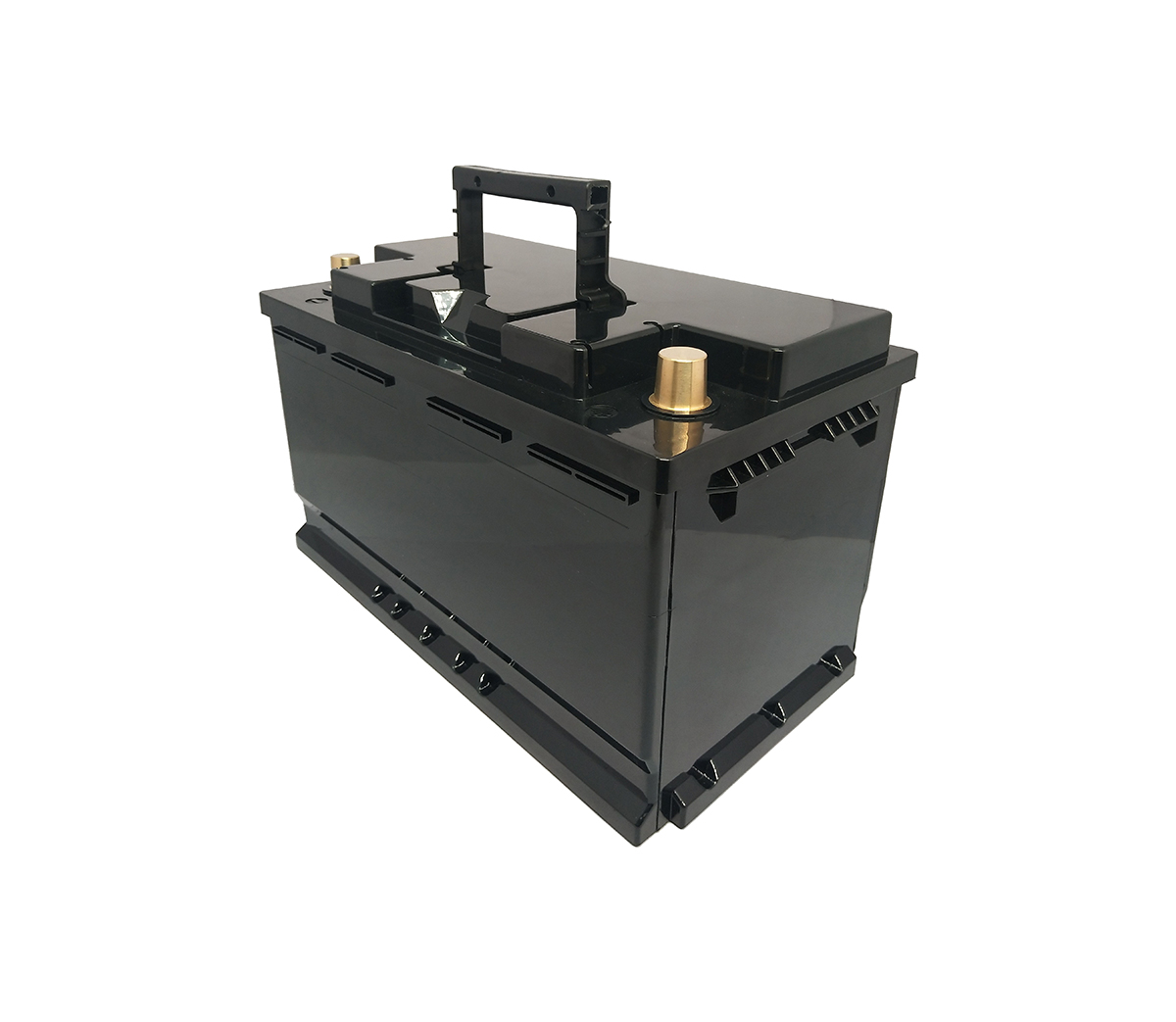
Rechargeable batteries have attracted great attention and attention due to
their high energy density, long cycle life, and wide operating temperature
range. The average price of each cycle battery is not high. The advantages and
characteristics of lithium-ion batteries. Compared with other high-energy
secondary batteries (such as ni-cd batteries, ni-mh batteries, etc.), lithium
batteries have obvious characteristics. (1) High working voltage. Replacing
lithium metal with carbon-based compounds (such as high-purity graphite or
petroleum coke) can lower the battery voltage. But because they have low
lithium-ion batteries, they minimize operating voltage damage. In addition,
choose suitable lithium-ion chemical materials as the rechargeable battery
level, and choose a suitable lithium-ion battery electrolyte management system,
so that the lithium-ion battery has a higher operating frequency (-4V), which is
far beyond the solution management system. (2) Large specific capacity Although
replacing lithium metal with carbon materials can reduce the specific capacity
of raw materials, in order to ensure a certain cycle life of the battery, the
negative lithium metal is generally more than three times, so that the specific
capacity of lithium ions is relative to the specific capacity. The reduction is
not too large, and the volume is not reduced. (3) High energy density
The high operating frequency and volume ratio determine the specific energy
of secondary lithium. Compared with Ni-CD batteries and Ni-MH batteries, the
secondary lithium ion ratio is the largest, and the prospects are broad.
(4) Good safety factor and long life cycle. The reason why lithium metal is
used as the anode of a rechargeable battery is that the structure of a lithium
battery is changed through multiple charges, resulting in a porous structure
twin. As the temperature rises, lithium-ion batteries produce a strong chemical
reaction. In order to prevent lithium metal from being stored in the
rechargeable battery, the battery should be charged at operating voltage. During
the entire process of battery charging, charging and discharging, there is no
structural change in the intercalation and embedding on the anode and anodic
oxidation of the lithium-ion battery. In 1989 and 1991, lithium ion was removed
by the hazardous chemicals department of the British Department of Transport and
iait (Internal Institute of Aviation and Transport). (5) The self-discharge rate
is small, and the electrolyte management system of lithium-ion batteries uses
lithium-ion batteries, and the lithium-ion embedded carbon raw material system
is unstable. In the process of battery charging, the recovery of the lithium
battery electrolyte will produce a solid electrolyte solution intermediate phase
(SEI) in the carbon negative surface layer, making the lithium ion battery based
on electronic equipment instead of electronic equipment, allowing different
charging of active materials in the battery The state is relatively stable, so
that the life of the lithium battery is low. (6) Elimination of zero pollution.
Lithium-ion batteries do not contain toxic substances such as lead, blessing,
mercury, etc. Because rechargeable batteries must be sealed, they emit very
little steam in applications, rather than environmental pollution. The organic
solvent used to dissolve the adhesive in the entire production and processing
process can also be guaranteed to be fully purchased. Since 1995, large and
medium-sized manufacturing companies have purchased lithium ion and its raw
materials, such as metal material drilling and recycling systems, since 1995. In
addition, in 1995, Sony’s lithium-ion rating reached the 014001 international
air quality standard 71O(7). High current efficiency. Unlike all secondary
batteries in the solution management system, lithium-ion batteries are not easy
to generate steam during the charging process, and the current efficiency is
close to 100%. .



































